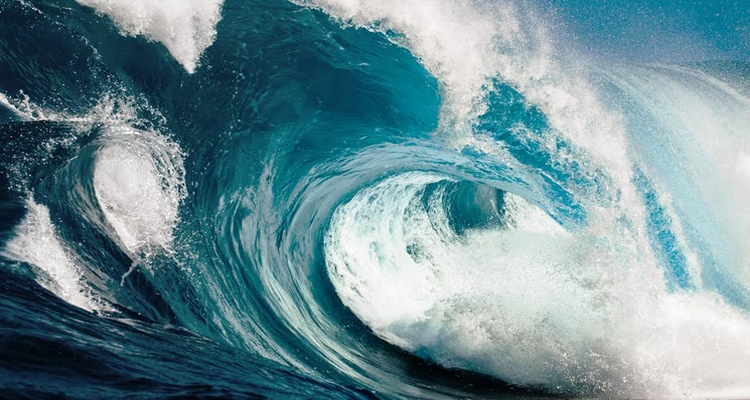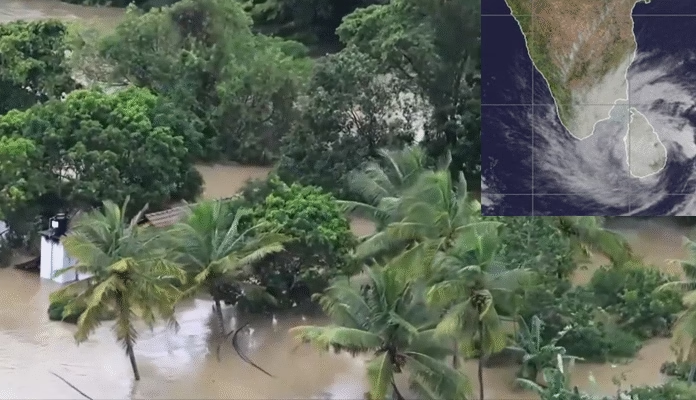
News Desk : In a dramatic turn of tectonic events, a powerful magnitude 8.7 earthquake struck off the coast of Russia’s Kamchatka Peninsula on Wednesday morning, triggering a Pacific-wide tsunami alert and mass evacuations across parts of Japan, Hawaii, and coastal areas of the United States. Hours later, a magnitude 4.3 earthquake rattled Tibet, raising concerns about heightened regional seismic activity.
Russia Hit by Monster Quake, Tsunami Follows
The undersea quake occurred at approximately 8:25 AM local time near Petropavlovsk-Kamchatsky, with a shallow depth of around 19 kilometers — the kind of seismic profile that increases the likelihood of a destructive tsunami. Russian authorities confirmed that tsunami waves as high as 3–4 meters struck parts of the Kuril Islands, damaging homes, schools, and a kindergarten in Severo-Kurilsk.
Emergency sirens blared across coastal settlements as authorities ordered urgent evacuations. While no fatalities were reported, several people suffered minor injuries during the rapid relocations.
Tsunami Alerts Across the Pacific Rim
The shockwaves quickly rippled far beyond Russian territory. The Japan Meteorological Agency (JMA) issued evacuation orders for its northern coastal prefectures, including Hokkaido, after tsunami waves up to 60 centimeters reached its shores. Public transport was halted, and coastal roads were cordoned off.

The Pacific Tsunami Warning Center sounded alerts across Hawaii, the U.S. West Coast, and Pacific island nations, including New Zealand, Guam, and parts of Latin America. In Hawaii, residents were urged to seek higher ground, while authorities in California, Alaska, and Oregon activated emergency protocols. Fortunately, most regions observed only mild tidal surges and strong currents.
Tremor in Tibet Adds to Seismic Unrest
Adding to global seismic unease, a 4.3 magnitude earthquake struck southwest of Xigazê in Tibet roughly six hours after the Kamchatka quake. Although of significantly lower intensity, its shallow depth (~10 km) and proximity to populated areas sparked concern among geologists monitoring the region’s fault systems.
No injuries or damages were reported in Tibet, but experts warned that even moderate quakes in the Himalayan tectonic zone warrant close observation.
Authorities Urge Vigilance, Preparedness
Seismologists confirmed that the Russian quake occurred along the volatile Kuril-Kamchatka subduction zone, an area known for historic megathrust earthquakes, including the catastrophic 1952 event. The tremor in Tibet, however, is not believed to be directly related but is reflective of a broader tectonic sensitivity.
Drills, public warnings, and swift emergency responses were praised for minimizing casualties. Authorities across the Pacific have emphasized the importance of preparedness, especially in coastal communities.
Quick Facts at a Glance
| Event | Magnitude | Location | Impact |
|---|---|---|---|
| Russia Quake & Tsunami | 8.7–8.8 | Offshore Kamchatka Peninsula | Tsunami, evacuations, structural damage |
| Tibet Earthquake | 4.3 | Southwest of Xigazê, Tibet | Mild tremor, no reported damage |
Global Watch Continues
Though tsunami warnings have now been lifted, aftershocks are expected to persist in the Kamchatka region for the coming days. Disaster management teams across Asia and the Pacific remain on high alert, as the chain of seismic events underscores the volatile nature of the Earth’s crust.
As nations assess the damage and review early-warning systems, the twin quakes serve as a stark reminder of nature’s unpredictable power — and the necessity of global readiness in the face of shared threats.



